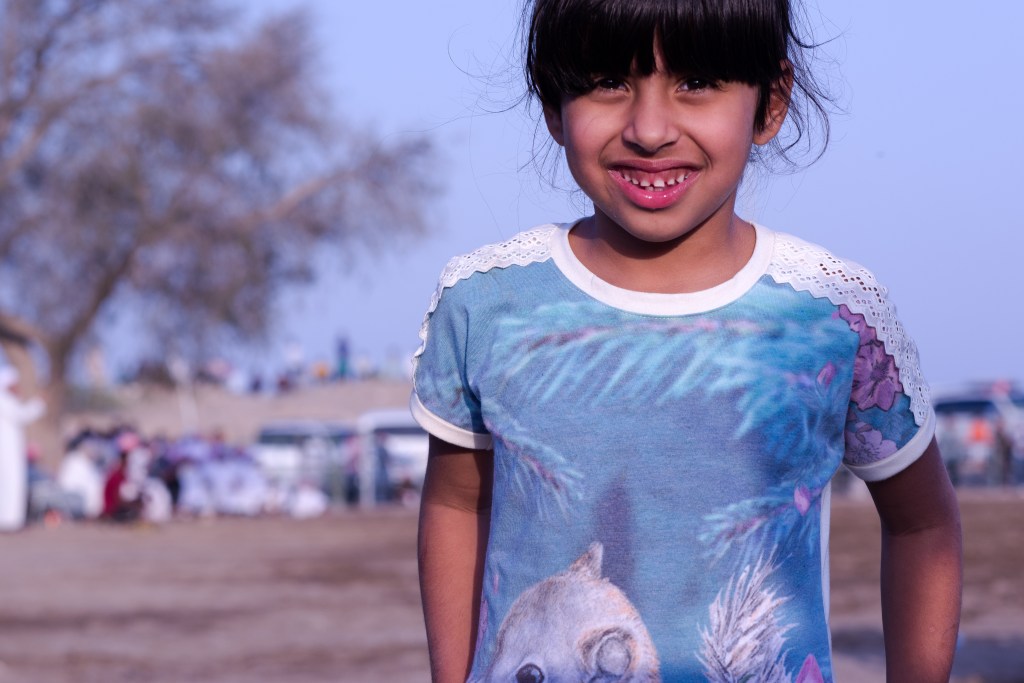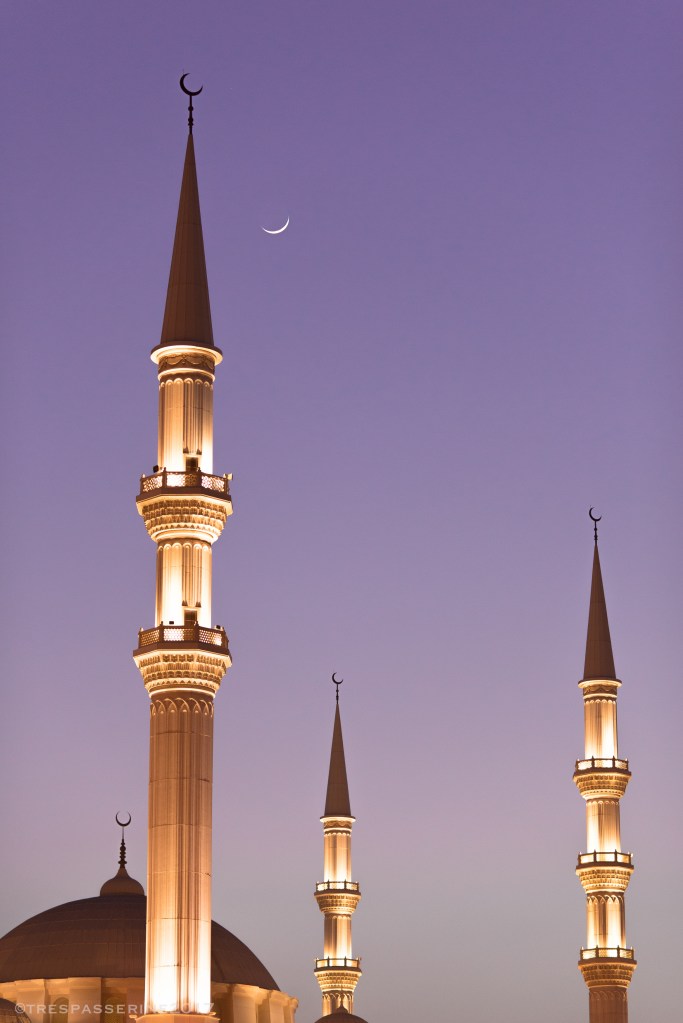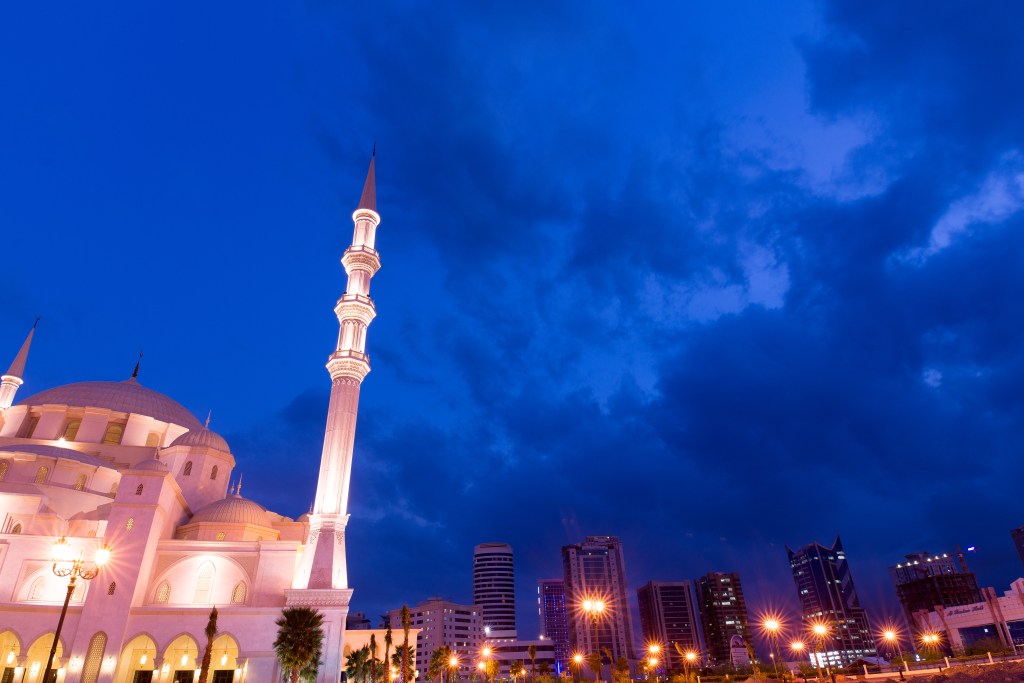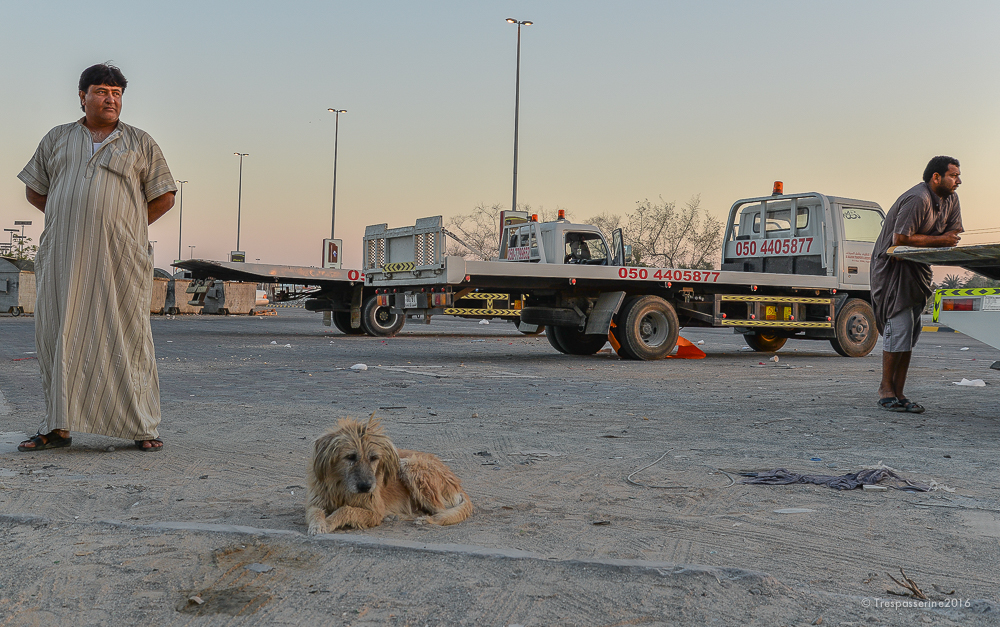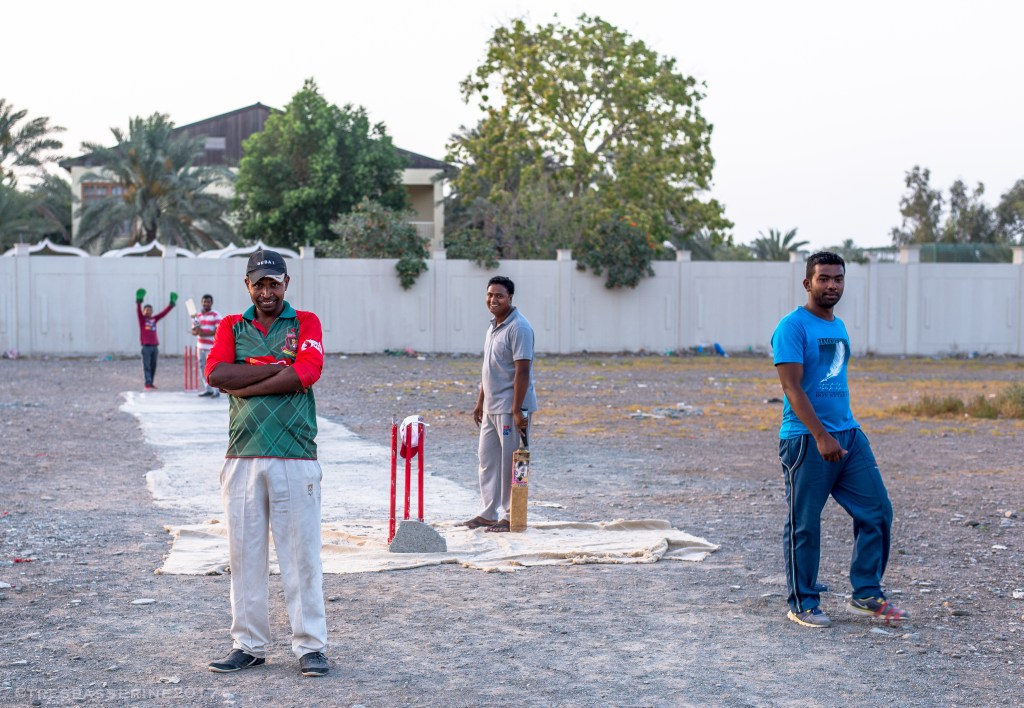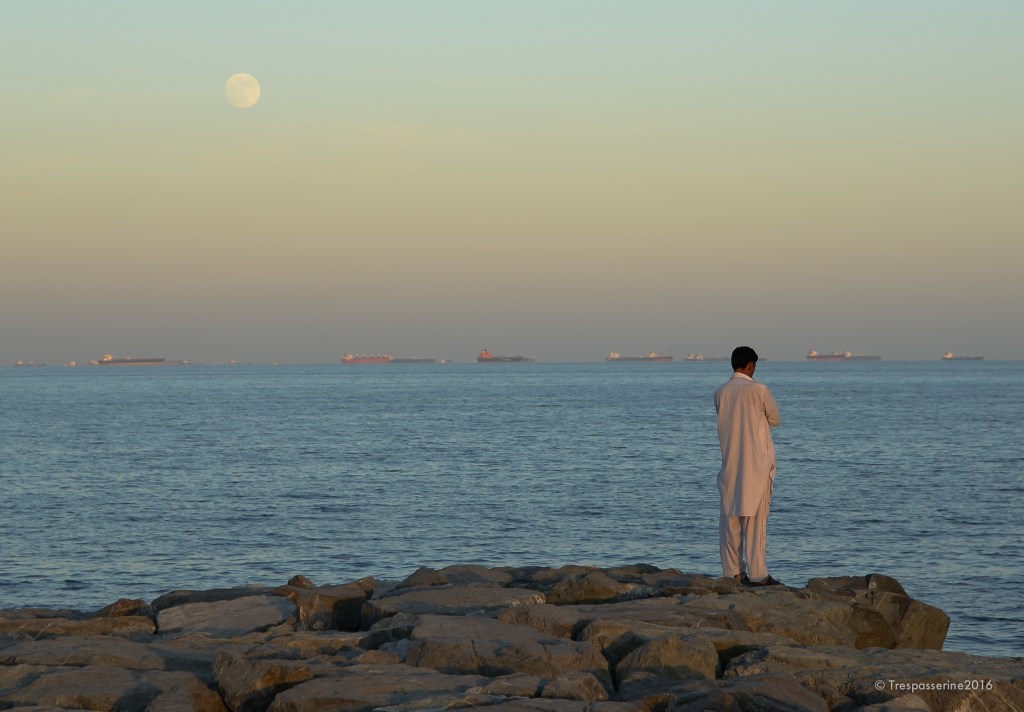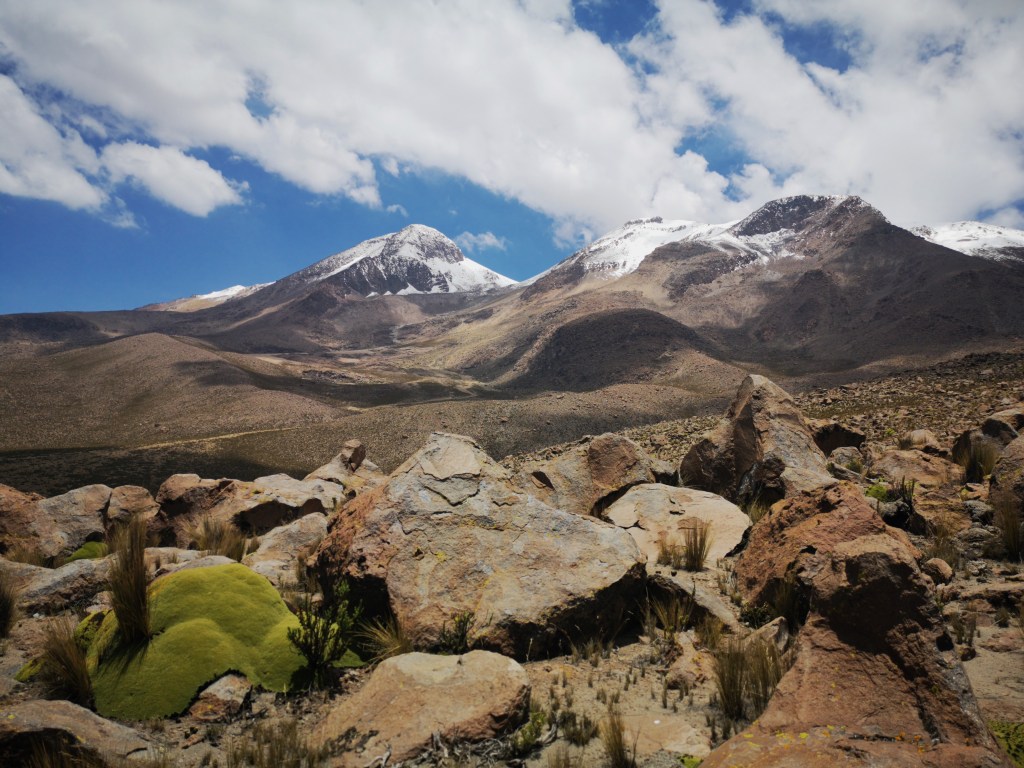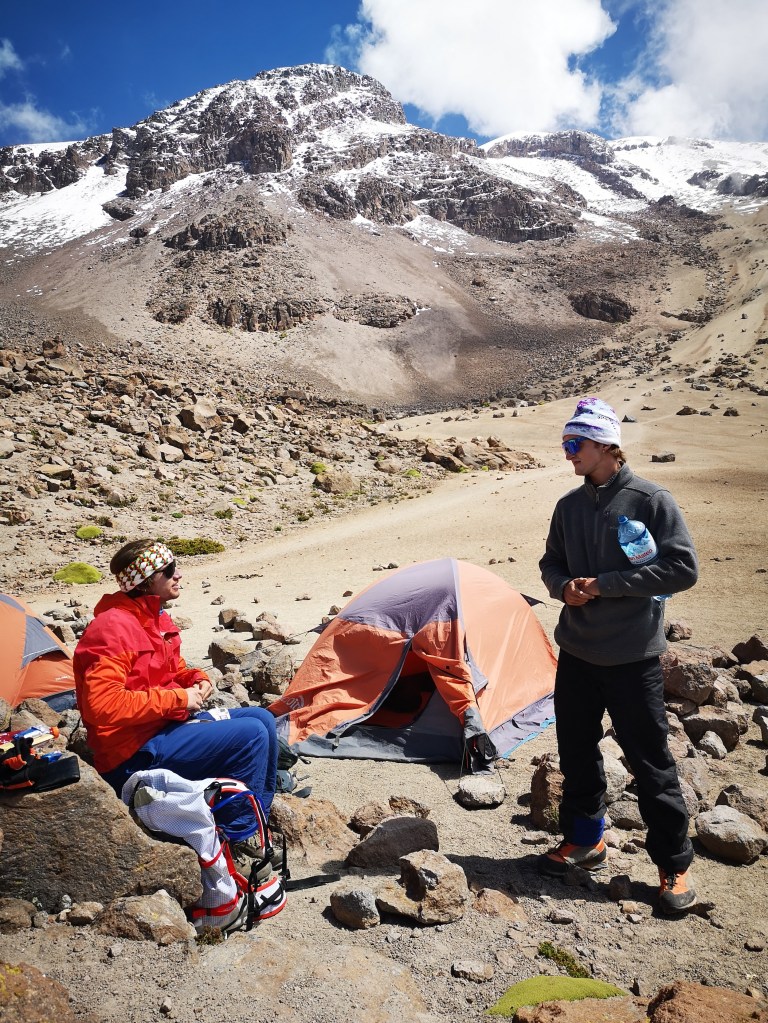Am I right in thinking love spans not only generations but species, too? The most obvious case in point is man’s enduring love for canis lupus familiaris. When did it all begin, this love affair between Man and dog? Round a neolithic campfire on long winter nights with that wolf cub with the soft, ticklish underbelly? I know it can happen in the unlikeliest of places, as interspecies love did with me on a beach in a little balneario near where Peru meets Ecuador.
I fell head over heels for Totoro. King of all he surveys. Totoro, a regent in a republic of waifs and strays.
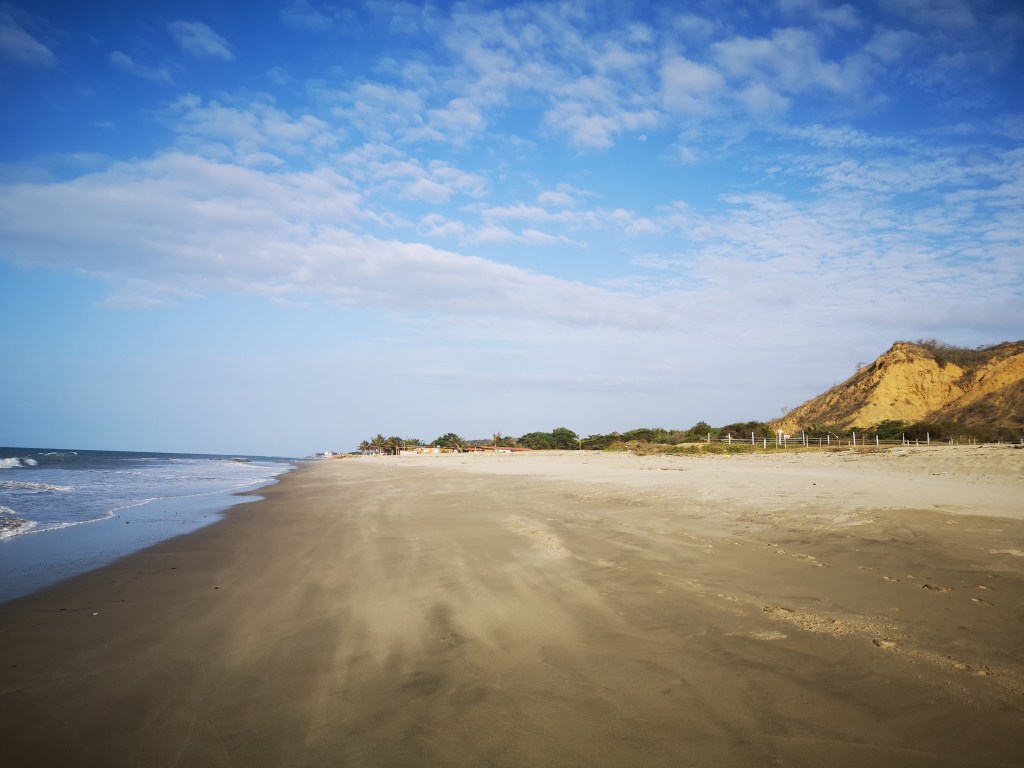
Totoro lives in Perú’s far north region of Tumbes. He is, quite simply, a regional celebrity. As every dog needs a home, even free spirits like Totoro become attached to somewhere. His somewhere is a beach hostel: a ramshackle beast of a place, oozing character, built metres from the warm Pacific surf.
Totoro is no ordinary dog. In fact, he is such a heartthrob that – and i kid you not – his name is cited in multiple booking.com reviews of La Casa de Diego. At his beachfront hostel home oftentimes he can be found disappearing into a hole in the sand, nuzzling into a smitten guest, or else chasing down pelicans full pelt along the beach. One review, as I recall, lauded this canine character so much the couple in question decided to stay another week, mainly because they were the ones with separation anxiety, and not the dog.
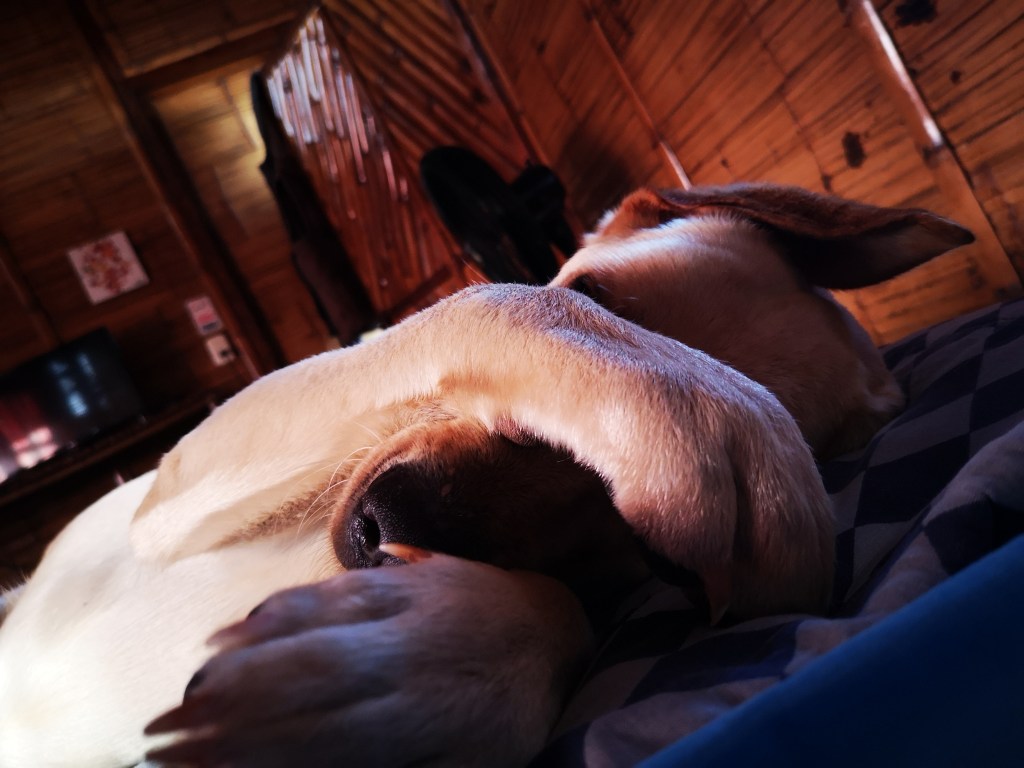
Like many great acquaintances in life, I made Totoro’s quite by chance. I was staying in a dive further up the beach in the balneário town of Zorritos (little foxes in English), on the scale of Peru a stone’s throw from a Covid-closed Ecuador. How did I even end up there? Being on the road makes no sense at times, because one minute you’re planning a jaunt into the hinterland of the jungle and the next minute you find yourself on a 12-hour coach journey up Peru’s long and parched coastline. Frankly, i was expecting more from this little hideaway. I don’t know what I was searching for. I was the only Northern European face on a coastal highway littered with refugees fleeing the human catastrophe which is Venezuela. Zorritos was, and is, a side of Perú that foreign tourists don’t often care much to see. It wasn’t until i checked into La Casa de Diego a little ways out of town that the other side of that other side revealed itself.
In no small measure because of Totoro.
Monday morning, beginning of December. The height of summer 3 degrees south of the equator where – as you know – summer is a permanent fixture. There’s not a sole around. I’m sitting under a coconut palm, and who should sally into view but this regal-looking Nordic beauty of a dog – half pure-bred golden retriever, half Brad Pitt.
Like a stage actor he makes his grand entrance from the wings. Assuming he’s just another of Peru’s legion of wandering dogs, I note with surprise the lustre of his coat. Lingering on him, i watch him cosying up to a guest who’s readying to leave. He looks completely at home with humans, which is by no means a given in a land where dogs manage to coexist with the population while still maintaining a certain wariness of humans, who to be fair do not fetter them with cuddles and coo-ing affection quite as we do in rich countries. This confidence he airs strikes me as uncommon.

The lady disappears forever from view, leaving Totoro alone on the beach facing the hostel. As if she never existed, he immediately seeks new thrills. Sensing treasure deep below, like a pooch possessed he starts digging. He scoops with such fury that the damp sand sprays six feet behind him. Soon, he has excavated a large mound of sand while simultaneously being swallowed up by the beach. Only his little tush and tail remain aloft.

At length his head shoots up from the sand pit of his own making. He swivels it. Finally he notices me. Trotting over, for that’s what confident dogs do, he introduces himself. It’s love at first sight, for my part anyway. He’s in love with everyone. Moreover, he’s in love with life. ‘Come on,’ he intimates, ‘let ME take YOU for a long walk.’
Plastic rubbish litters the beach. The type of litter that doesn’t biodegrade is a real problem in Peru. But for dogs like Tororo, plastic bottles present an opportunity to play fetch. I pick up a 500ml Coke bottle half filled with seawater and feign a throw. This excites him. I feign again. This piques his annoyance. He barks, but not as a mindless utterance, rather a form of modified speech. His bellow cries, ‘stop fannying around, and throw that thing as far as you can.’ I do and he hurtles off after it like a pro.
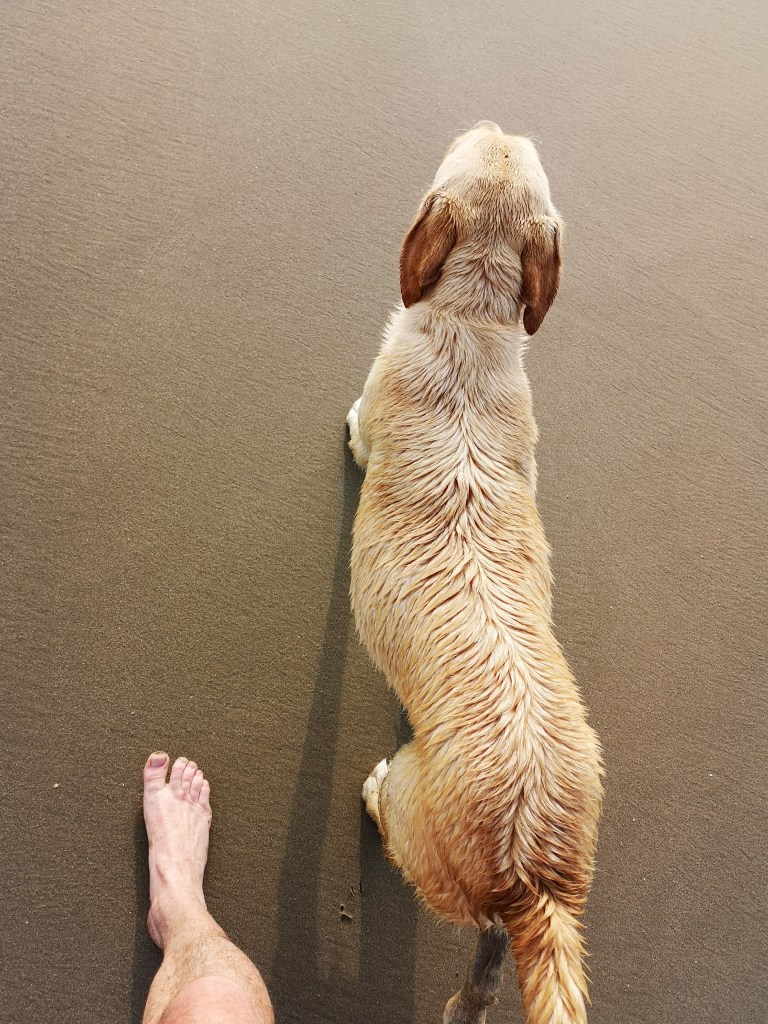
We walk for miles together, Totoro and I. Together in the loosest sense of the term, for Totoro is way too individualistic to be walking with anyone. He is a pioneer, this dog. A pathfinder. He goes at a canter, leaving me miles behind, only to find me again, the pinball that he is. When the bottle winds up churning in the surf, he barks at me to find a suitable replacement. Finding one, once that goes the way of the coke bottle he tires of the game and goes off in high pursuit of seabirds skimming the waves in the intertidal zone. Crashing through the surf, he launches himself, almost snagging one in his mouth.
People approach. As they pass, they look on in bemusement at Totoro who is rounding me, corralling me as if I’m a sheep, which I am compared to this lion. He’s calling out to me in a voice so powerful to give him a reason to run. The strangers can’t tell if the dog is showing aggression or is being playful. Totoro trots past a dead and bloated sea lion, showing little interest. An American in a stockman’s hat walks toward us. He asks if the dog is mine. That dog is no one’s, i tell him. He’s a fine dog, the man adds. A dog you might see in America, i say. Yeah, he goes on. He’s not your usual kind of dog here. I reply, i think he belongs to the hostel, but he comes and goes as he pleases.

We walk directly into the sunset until i can no longer visualise where i am. I call him and he responds right away. He knows the score. I am not the first guest at La Casa de Diego to have walked Totoro. Rather, he walks the guests as he sees fit. I happen to be the only one resident at this time, which pleases him while offering me exclusivity. We turn our backs to the tropical sun and head home. Totoro spots another sortie of seabirds skirting the rolling surf and goes hell for leather after them, stomping on the water’s edge like his life depended on it.

On the verandah outside my room, the day is ending. I rock rhythmically on the hammock while under me he settles down to rest. Finally, I think, this elegant brute is settling into the Sphinx position. Every part of him is washed by the Pacific surf. I watch his chest gently rise, gently fall. Every part of him is perfection. His paws are large as a mountain lion. He is in the prime of his life, and that saddens me because at that moment I feel my prime has gone. Well, at least i am as free as Totoro. The difference is, though, Totoro exists only and always in the moment, and I do not. So who now is the freer of us both?

In the morning when I awake, he is there sprawled out over three-quarters of the double bed while I’m shunted to the edge. As if he has learned from other guests the art of manipulation, he hides his eyes coyly with his enormous paws. ‘Sorry for commandeering your bed,’ he says without words. ‘But, on second thoughts, I’m not actually sorry at all. This is what I do when people like you come to stay.’
The day is bright, the heat incipient. Opening the rattan door Totoro bounds down the rickety staircase to the sand below. Like yesterday and all the days preceding, this is the first day of his life. The excitement of new adventures in familiar places is suitably matched by his enthusiasm for the chase.
He waits patiently for me to eat breakfast. Once done, with that stentorian voice of his, he orders me to get up so he can take me for a walk; a long walk on the wet sand of the Gulf of Guayaquil, its lukewarm Pacific waters bobbing gently under twine-bound fishing rafts already poised for the day’s catch.
We walk for hours, leaving fleeting imprints in the sand near the water’s edge. He hurtles off, chasing down whatever has the temerity to try and outrun him. The seabirds that fly in single file inches above the waves are always one step ahead. This frustrates him, and even from a quarter mile away, I hear his voice boom with rage and his long legs pummel the shore. He is in his element in ways I could only dream of.
On the evening of the fourth day of my stay at La Casa de Diego, the curtain comes down on our love affair. I stack my bags up against the fence in readiness for the moto-taxi driver to collect me. Totoro stays by my side but knows what to expect. I am not the first to fall for him, nor will I be the last. I so want to leash him and take him with me on the overnight bus south. But I know that an organism needs its habitat; that to deprive him of this world over which he rules would be to strip a king of his crown.
I can still see him now, digging up the beach, beguiling locals with his brazen beauty and confidence, bounding, like a straw-coloured stallion, after those shore birds that artfully skim the waves single file in a game he’ll never stop playing until he is old and dignified enough to know that against the pelicans he can never win. But winning is a strategy and strategy is not the point. It is capturing every moment that counts, and few embody this true meaning of happiness more than him.



